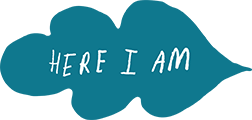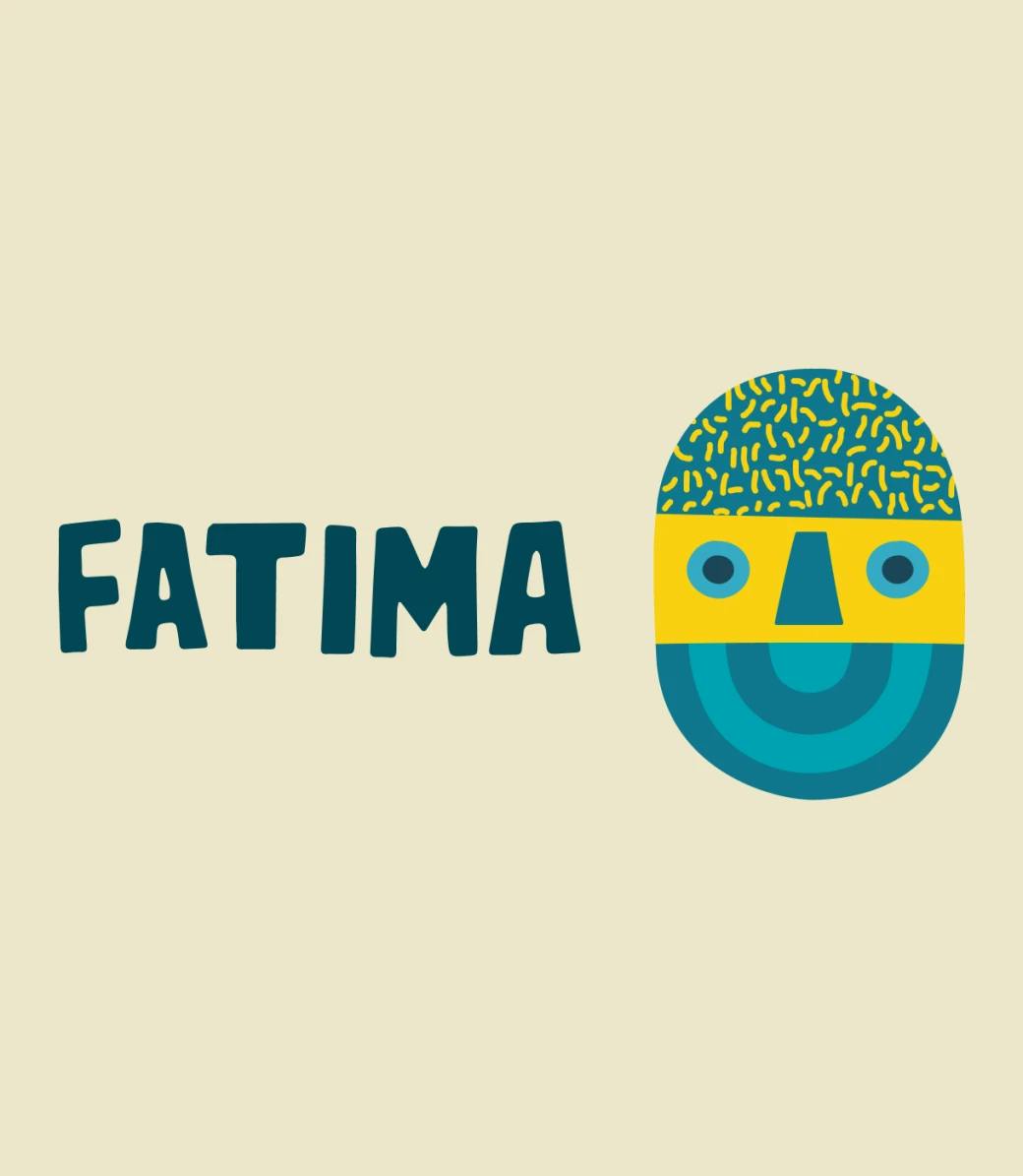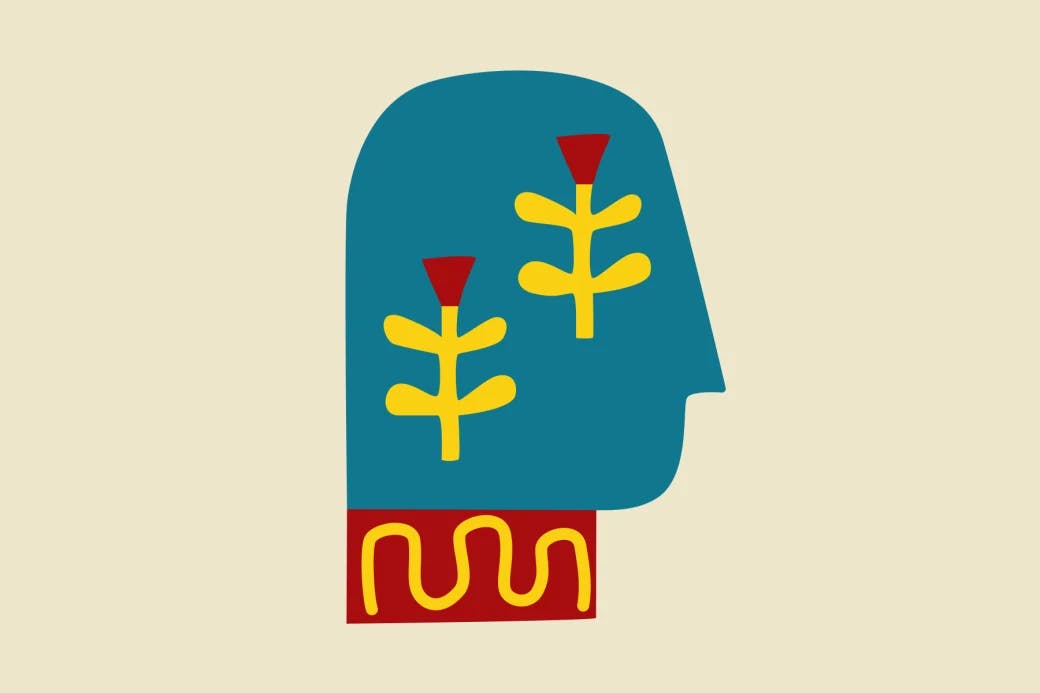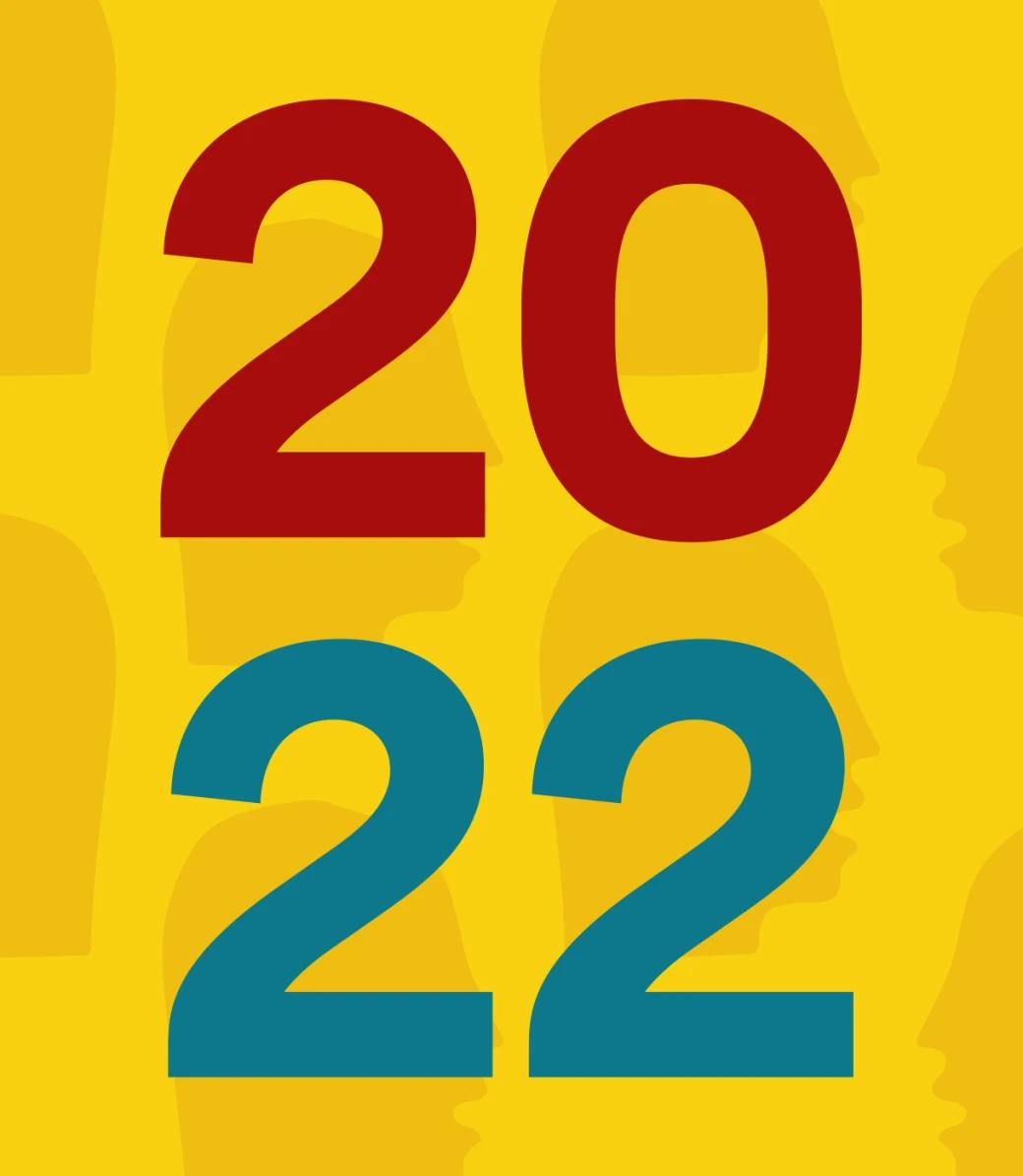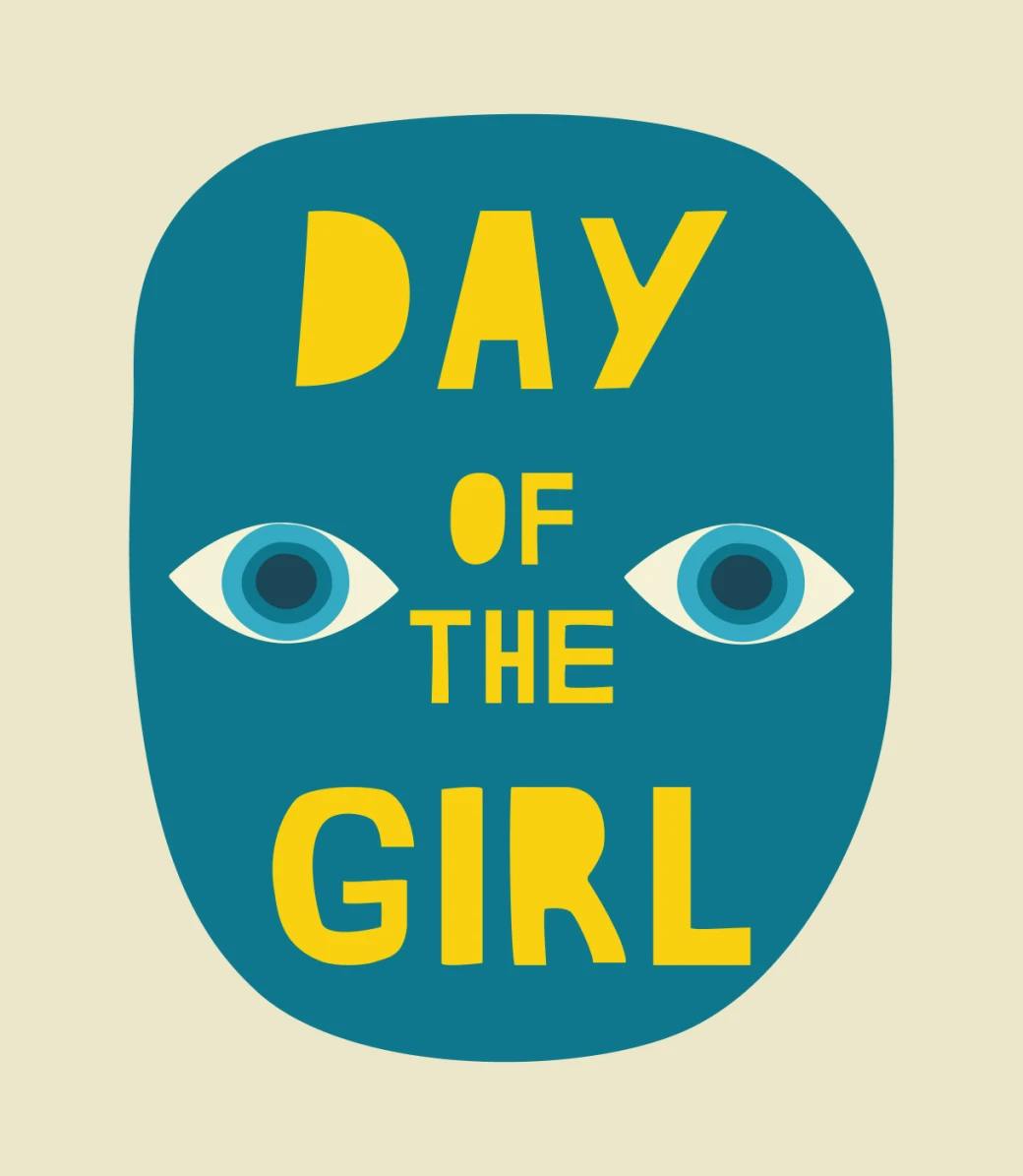Meet Emma: Here I Am’s new Design Director
Tell us about yourself. What is your background? What led you to Here I Am Studio?
I’m Emma Metcalfe. I have worked as a researcher and designer for most of my professional life, although not always with that title. I also co-founded and ran my own company for a few years, which of course is the epitome of becoming a generalist really fast! I love being outside. In fact, it’s a running joke that ironically I kind of hate sitting at computers and digital interfaces - if only they weren’t just so damn useful! I grew up on a farm, which I think has given me a pretty grounded approach to life. Beyond work, I spend as much time as I can outside with our daughter on the beaches, climbing, or just making fun amongst the hills around Edinburgh where we live.
A while back I sent Here I Am a message that read something along the lines of, ‘I’m really impressed by the work you do. This is what I do, and if there’s a chance we could make magic together let’s have a chat’. Long story short, now I’m sitting here introducing myself as Design Director and trying to make some magic with the Here I Am team!
As the new Design Director at HIA, what is your design philosophy?
I have a few principles that I like to live by. At the top of my list sits, “Do things with integrity - reject the superficial”. I find this so important. Especially in a design world that is full of templates and frameworks that promise to solve all problems. Without some applied knowledge it’s easy to just lay a lot of superficial ideas onto a problem and end up with solutions that act as a surface-level veneer and might neglect -or worse, be negligent to - the real lived issues by the person or community using the solution. Integrity in design is really important to me.
Another principle on my list is one that I picked up from the insights teams during my time at The LEGO Group, “Go, Look, See.” It’s a daily reminder that as designers it’s really easy to be lazy and sit in our chair thinking about all the problems there are to be solved, without actually gathering the raw data. This doesn’t mean I have to go and physically see problems in-person, but rather that right people, who are close to the context and lived experience, are gathering the right data to inform designs. This allows us to accurately see the problems and work together on solutions - something Here I Am Studio is world-class at.

This leads me to my third principle: collaboration matters. It’s a healthy part of the design process and not one to sideline or check off the to-do list. Design directors are often designing a process, trying to turn ambiguous ideas into tangible solutions as much as an actual product or service. Collaboration needs to be integrated throughout this process. Participants need to feel like the experts they are. It’s important to me that collaboration is early and integrated enough to be of value to the design and development team rather than a nice-to-have additive, which brings me back to my first principle, right? Do things with integrity, reject the superficial.
What is your view on the role of design for excluded communities and groups?
Design can deliver amazing, fun interactions as well as thought provoking, rich experiences that leave us feeling better about ourselves as users of designed experiences and excited about the opportunities we can create for ourselves. That is, when we are among the included. People within excluded communities and groups are often let down or simply excluded by the systems and solutions we have so far chosen to design, be they digital or analogue.
There’s an element of equity that becomes important when we talk about design for excluded communities. This is something I feel passionate about: that design and designers have a responsibility to address. It’s our job to use design to not just provide equal access to services and opportunities, but to make sure that design creates solutions that meet people where they are, and helps people with the equity needed to have an equal opportunity.
Every week millions of people come online for the first time, plus countless more who have only a few years of online experience. Ultimately I believe the role of digital design for excluded communities is to include those communities by showing up with the best that design can be, carrying the learnings from all the mistakes design has already made, and working together to deliver solutions that go beyond addressing ‘relevant’ needs. Its role is to create products and services together which are led by insights and designed to be usable, delightful, and dependable for the excluded.
What are you most excited about in joining the HIA team?
The opportunity to work with brilliant, talented people and fantastic partners who all care deeply about what they do.
Where do you find inspiration?
Being in unfamiliar places: the feeling of not understanding how a place works is powerful. It’s a little bit like becoming a child again when the reason for things being the way they are is turned on its head. And being outside in nature, to let the dust settle.
Words you live by?
“Yes, and…”
What do you hope to achieve as the new Design Director?
I see my role as building upon what Kate has so brilliantly created thus far at Here I Am. I always aim for a few simple things when I work with teams and that is for everyone to have the autonomy to be playful in their approach, and to have the time and space to learn. I don’t think this will be difficult at Here I Am. My focus will be on ensuring that we are doing our best work and that any stress is ‘good stress’ about the quality of our solutions. With this approach, I hope to leave the team and our clients with new perspectives and confidence in our work together before transitioning the role back into Kate's hands.
Inspired by this post?
We love to share perspectives, thoughts and ideas on creating digital ways to include the excluded. If you have a problem you'd like to discuss, we'd love to hear from you.
